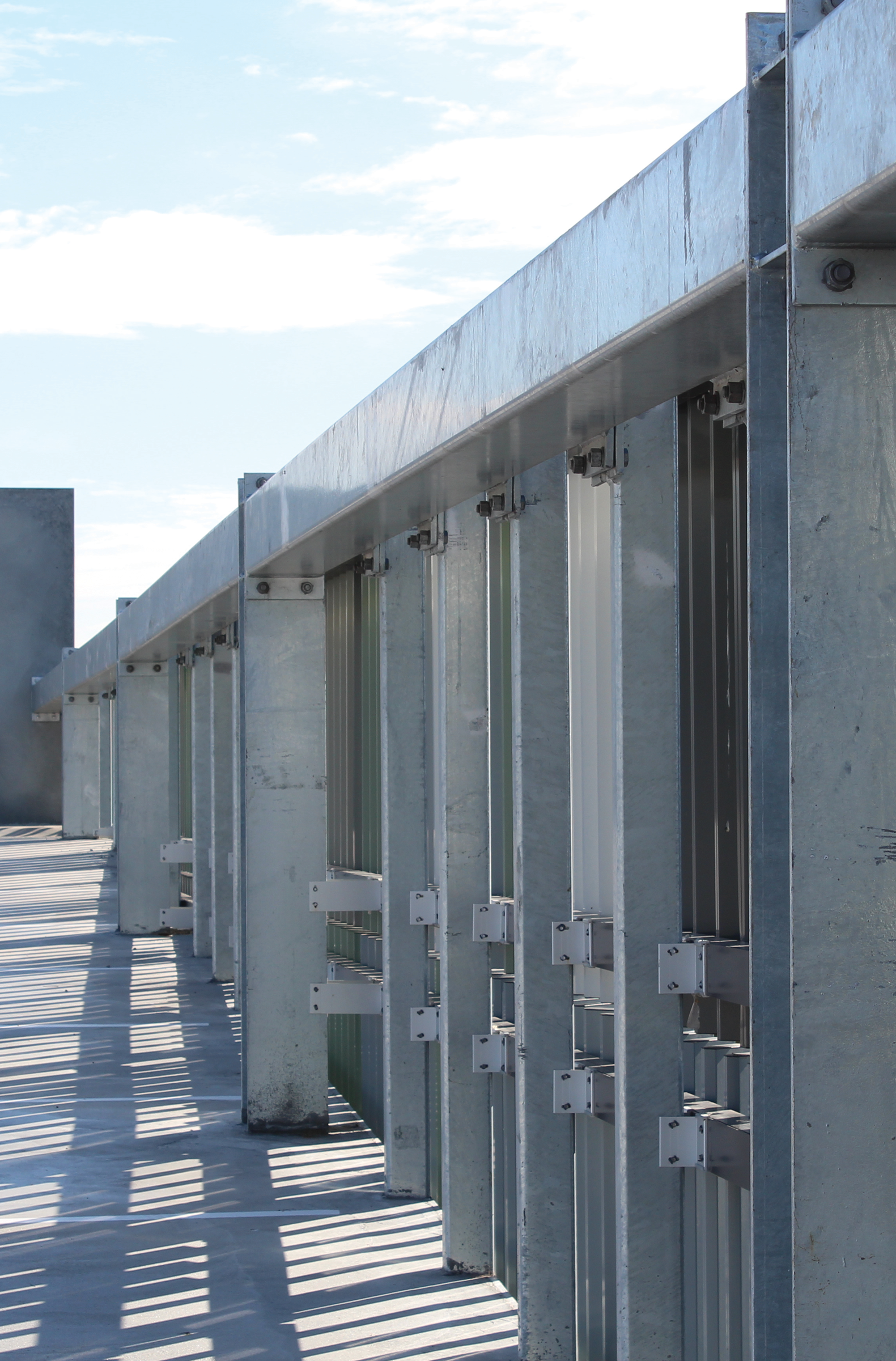Appendix 1: Comparison of Australian and European methods for calculation of slip factors
SIROCO investigated the slip-resistant behaviour of carbon and stainless steel preloaded connections as well as the preloading behaviour of stainless steel bolting assemblies in principle.
The slip factor test procedure in Annex G of EN 1090-2 was investigated regarding the influence of the test speed, preload level, tightening method, criteria for the slip load and load level for extended creep tests, different bolting assemblies and surface conditions (grit blasted, hot-dip galvanized, alkali/ethyl zinc silicate coating, thermally sprayed with aluminium/zinc and combinations). Improvements regarding the slip factor test procedure have been formulated which have already partly been implemented in the revision of EN 1090- 2. Enhanced slip factors allow more economic slip-resistant connections.
Aspects of concern to the report’s authors included the significant variation in the literature for recognised slip factors covering nearly identical test methods. These are described in Figure 27 by Stranghöner (with the addition of AS 4100 references by the GAA). SIROCO were able to modify the previous EN 1090-2 testing methods based on their testing regime and have proposed further modifications for a future revision.
The GAA assessed the SIROCO method against that described in AS 4100 and the differences are minor. Indeed, there is a strong argument that AS 4100 should be modified to match the EN 1090-2 method, given the detailed investigation and reporting undertaken by SIROCO.
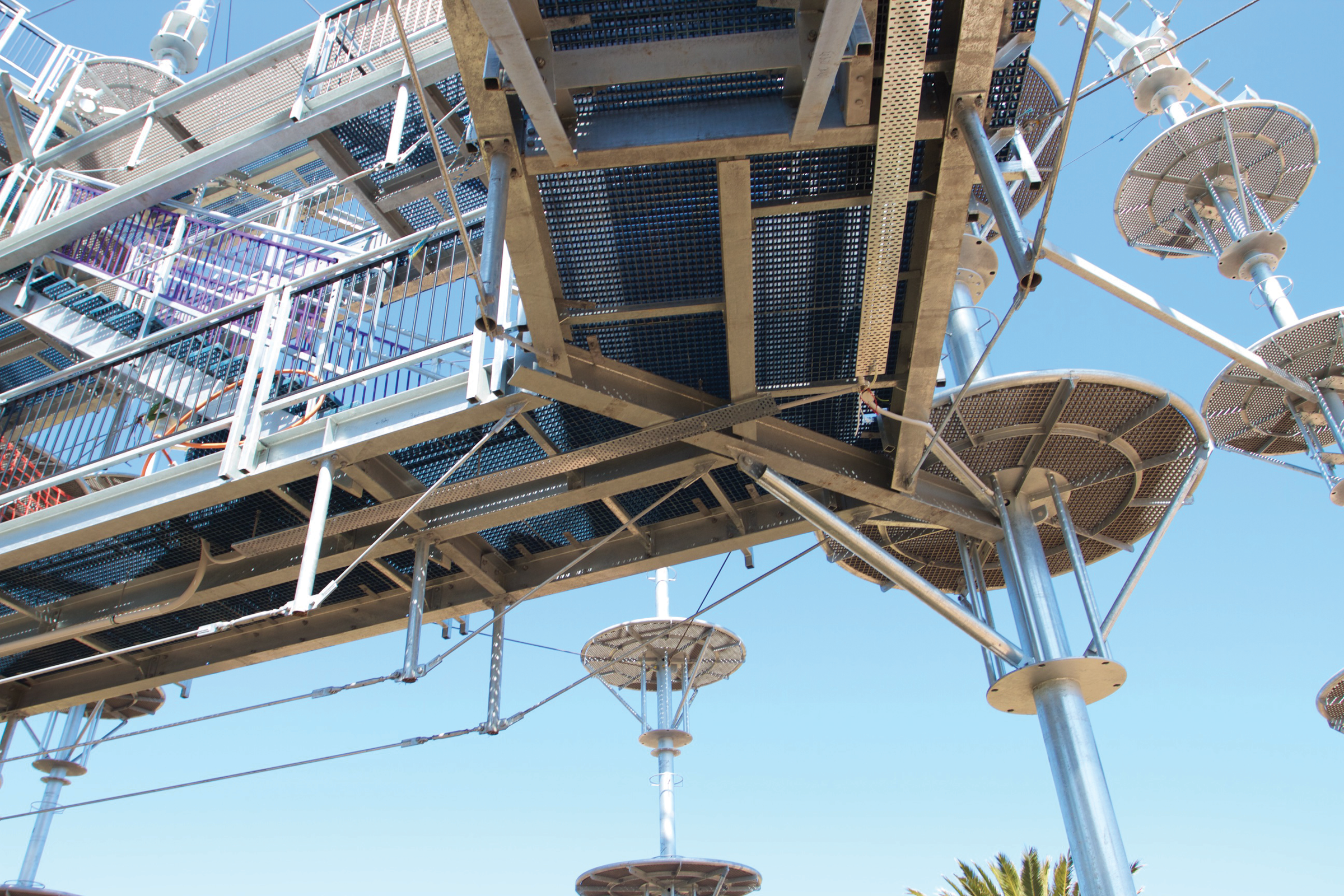
Enhanced slip factors allow more economic slip-resistant connections.
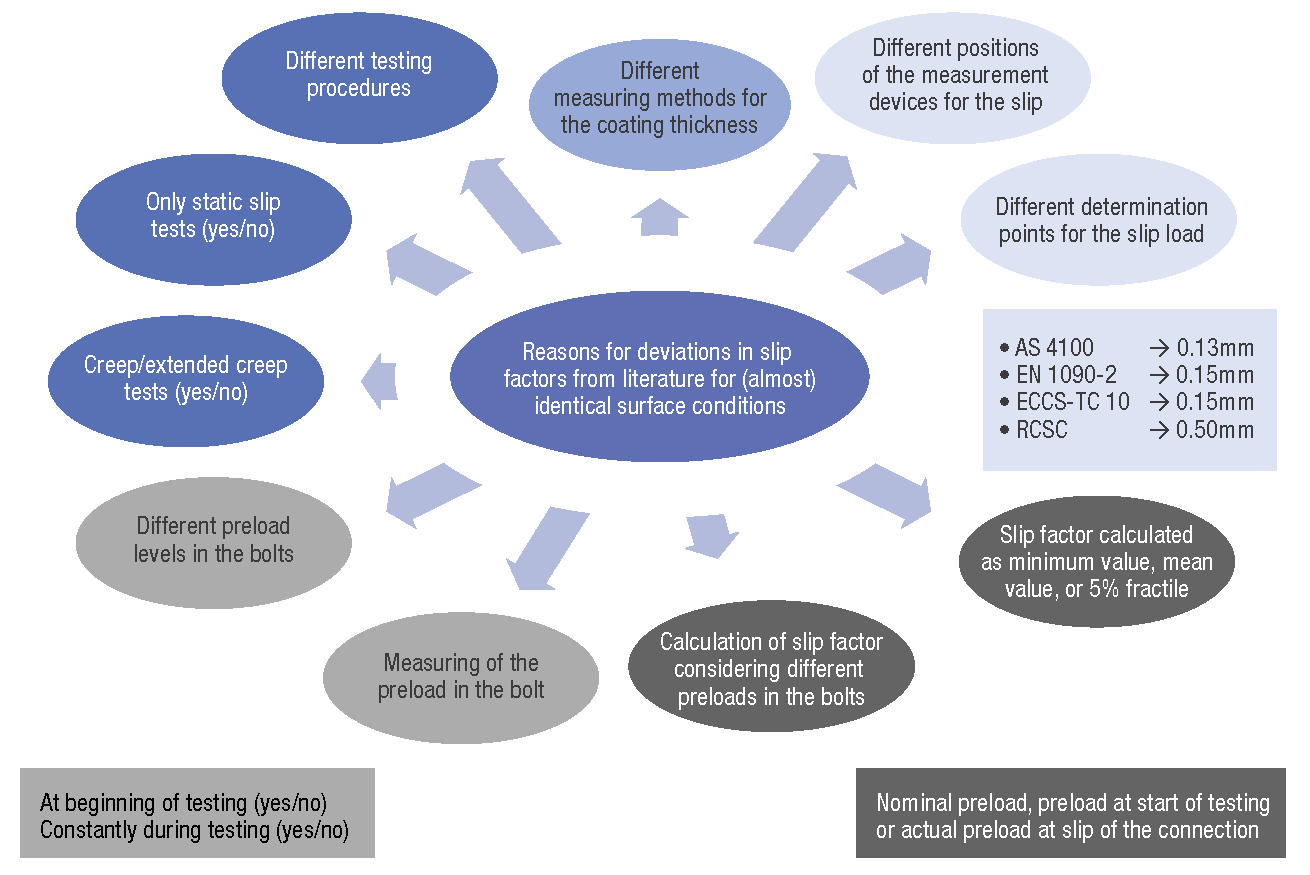
AS 4100 Method
- k is either 0.85 when 3 specimens are tested or 0.90 when 5 or more specimens are tested
- μm is the mean value of the slip factor for all tests:
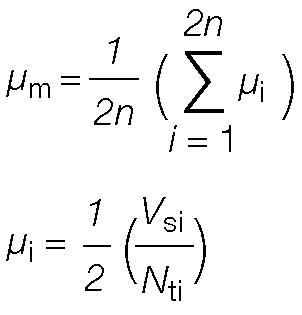
- n is the number of specimens tested (and each provides two estimates of μi)
- Vsi is each measured slip load
- Nti is the tension induced in each bolt
- δ is the standard deviation of the slip factor for all tests:
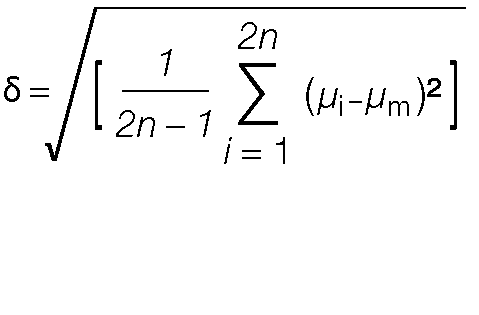

EN 1090-2 Method
EN 1090-2 uses 4 M20 bolts in a plane with a typical test specimen length of 290 mm. The slip load is measured when a slip of 0.15 mm occurs. The method is like AS 4100 but is less prescribed. The characteristic value of the slip factor, μ5%, is derived in this method and this is used as the slip factor for design. The calculation is done assuming a 5 %-fractile from n=10 results with a confidence level of 75 %
μ5%= μm – 2.05 × sμ = μm × (1 – 2.05 × V)
V is the coefficient of variation,
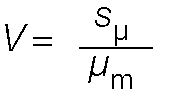
- μm is the mean value of the slip factor from ten measurements
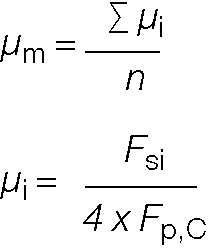
- Fsi is the individual slip load
- Fp,C is the specified preload level and = 0.7 fub As
- fub is the tensile strength of the bolt
- As = is the tensile stress area of the bolt
- n is the number of test specimens
- sμ is the standard deviation of the slip factor
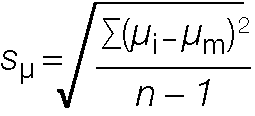
The SIROCO Project showed that the mean slip factor and coefficient of variation delivered a slip factor for design of 0.39 to 0.36 for hot dip galvanized coatings whip blasted to expose the Zn-Fe alloy layer. EN 1090-2 has been modified to allow for a slip factor of 0.35. When the same mean slip factor and coefficient of variation achieved in the European tests are inserted into to the Australian equations, the slip factor ranges from 0.37 to 0.35. So, while the formulae are not identical, the outcome appears close enough for designers to accept the SIROCO and EN 1090-2 approach for design in
this case.
